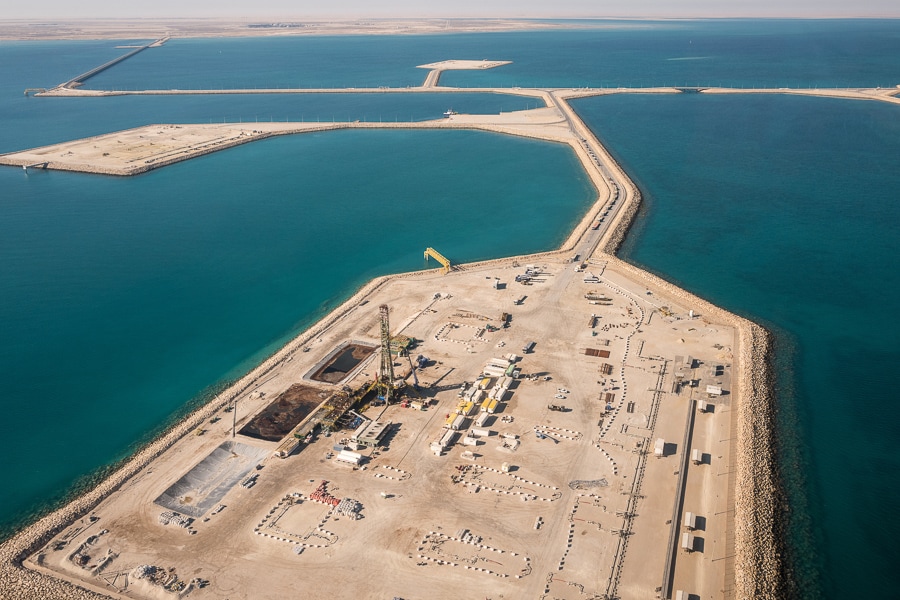
Behind the clash at OPEC: Growing competition in the Gulf
The UAE wants to raise its oil output limits while the the Saudis don't want to, and on Tuesday, the lack of a deal sent oil prices gyrating
 An aerial view of the Manifa Oil Field project, north of Dammam, Saudi Arabia, in the Gulf, Jan. 11, 2018. The United Arab Emirates wants to pump more oil, annoying its giant rival, Saudi Arabia; Image: Christophe Viseux/The New York Times
An aerial view of the Manifa Oil Field project, north of Dammam, Saudi Arabia, in the Gulf, Jan. 11, 2018. The United Arab Emirates wants to pump more oil, annoying its giant rival, Saudi Arabia; Image: Christophe Viseux/The New York Times
The fighting between the United Arab Emirates and Saudi Arabia that emerged in recent days over oil production had been brewing for months, if not years.
A seven-member federation of states on the Persian Gulf, the UAE is pursuing ambitious plans to expand and modernize its economy, including billions spent on its energy industry. Eventually these aspirations were bound to bump up against those of its powerful neighbor, Saudi Arabia, as both countries try to position themselves for changes in energy production and other areas of their economies in the coming years.
The tensions, which normally might be resolved in a phone call from one royal palace to another, came to a head at meetings of the oil producers’ group known as OPEC Plus. Officials failed to reach an agreement on raising production on Thursday and again on Friday. On Monday, a scheduled meeting was canceled.
The chief roadblock: The UAE insisted on raising its output limits. The Saudis resisted, and on Tuesday, the lack of a deal sent oil prices gyrating.
The dispute may signal a fundamental realignment of the nations in the gulf. The Emirates’ ambitions for a more diverse economy, seeded with Western investment, are prompting it to step more forcefully outside Saudi Arabia’s shadow.
©2019 New York Times News Service







